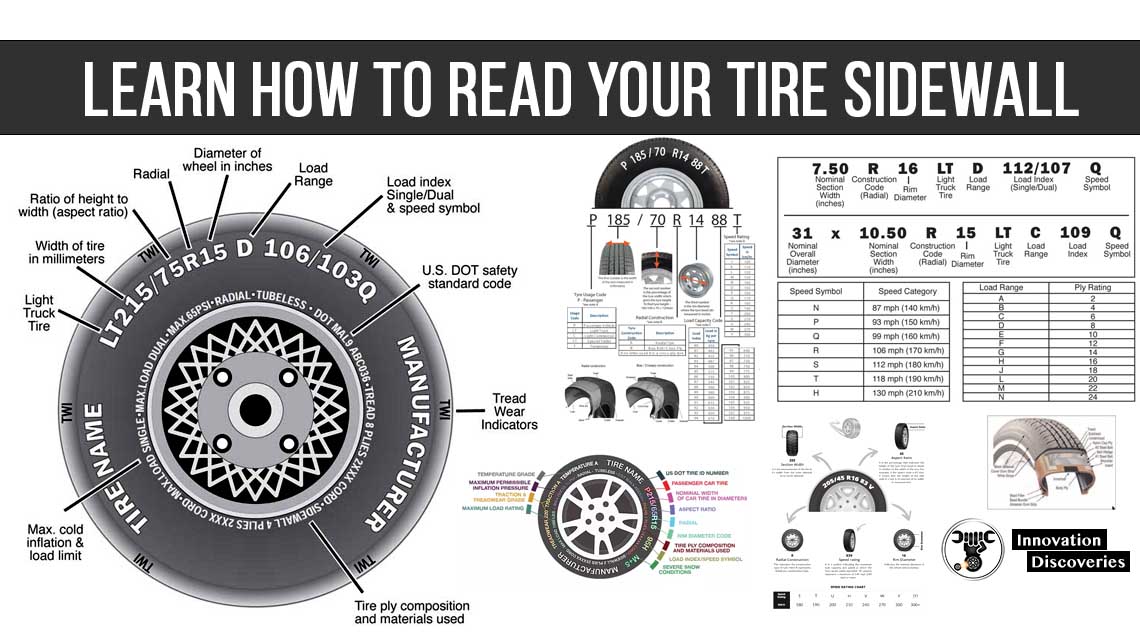
Note : Tyre vs. Tire. For British motorists, the rubber wheel-covering is called a tyre – for the Americans, it’s a tire.
Have you ever wondered what all those numbers on your tire’s sidewall mean?
Here’s a quick primer on tire size and other sidewall imprints that can give you valuable information about your tires.
Quick Links:
- ALL ABOUT TIRES, WHAT IS THE MEANING OF NUMBERS ON THE TYRE? WHAT IS INSIDE THE TYRE?
- WHEN TO PUT YOUR VEHICLE IN 4-WHEEL DRIVE?
- WHEELS: PARTS, SIZES, BOLT PATTERNS, WHEEL OFFSET, ONE-PIECE VS TWO-PIECE WHEEL AND HOW THEY MADE
- THE DEFINITIVE GUIDE TO RUN FLAT TIRES
- NOISY TIRES?
- KNOWING THE DIFFERENCE BETWEEN CAR TIRE ROTATION VS ALIGNMENT
- GEAR RATIO AND TIRE SIZE CHART
- HOW TO RESET TIRE PRESSURE SENSOR: A STEP-BY-STEP GUIDE
Width in millimeters
The first of the tire size numbers give you the tire’s width from sidewall to sidewall in millimeters.
If the number begins with a “P,” the tire is called “P-Metric” and is built in the US.
If not, the tire is a European metric tire.
The only difference between the two is a very slight one in terms of how to load rating do calculate for the size, but the two are essentially interchangeable.
Aspect Ratio
The aspect ratio designates the height of the tire, measured from the top edge of the rim to the top of the tire, as a percentage of the width.
This means that the upper sidewall of the rim in this picture has a height of 65% of the 225-millimeter width or 146.25 millimeters.
To use this ratio to find the standing height of the tire for sizing purposes, see Plus and Minus Sizing your Tires.
Diameter
This number indicates the inside diameter of the tire in inches, which is also the outside diameter of the rim.
If this number is preceded by an “R,” the tire is radial rather than bias-ply.
Load Index
This is an assigned number corresponding to the maximum allowed load the tire can carry.
For the tire above, a load index of 96 means the tire can carry 1,565 pounds, for a total of 6260 pounds on all four tires.
A tire with a load index of 100 could carry 1,764 pounds. Very few tires have a load index higher than 100.
Speed Rating
Another assigned number corresponding to the maximum speed the tire is expected to be able to sustain for prolonged periods.
A speed rating of V indicates a speed of 149 miles per hour.
Tire Identification Number
The letters DOT preceding the number indicate that the tire meets all Federal standards regulated by the Department of Transportation.
The first two numbers or letters after the DOT indicate the plant where the tire was manufactured.
The next four numbers indicate the date the tire was built, i.e., the number 1210 indicates that the tire was manufactured in the 12th week of 2010.
These are the most important numbers in the TIN, as they are what the NHTSA uses to identify tires under recall for consumers.
Any numbers after that are marketing codes used by the manufacturer.
Related Content:

Treadwear Indicators
These markings on the outer sidewall show when the tire has become legally bald.
Tire Ply Composition
The number of layers of rubber and fabric used in the tire. The more plies, the higher the load the tire can take.
Also indicated are the materials used in the tire; steel, nylon, polyester, etc.
Treadwear Grade
In theory, the higher the number here, the longer the tread should last.
In practice, the tire is tested for 8,000 miles, and the manufacturer extrapolates tire wear compared to a baseline government test tire using whatever formula they prefer.
Traction Grade
Indicates the tire’s ability to stop on wet roads. AA is the highest grade, followed by A, B, and C.
Temperature Grade
Indicates the tire’s resistance to heat buildup under proper inflation. Graded as A, B, and C.
The treadwear, traction, and temperature grades collectively make up the Uniform Tire Quality Grading (UTQG) standards established by the National Highway Traffic Safety Administration.
Max Cold Inflation Limit
The maximum amount of air pressure that should ever put into the tire under any circumstances.
This is an extremely misleading piece of data, as this number is not what you should be putting in your tire.
The proper inflation will do found on a plaque, usually inside the driver’s door jamb.
Inflation is measured in PSI (Pounds per square inch) and should always be measured when the tire is cold.
ECE Type Approval Mark
This indicates that the tire meets the rather strict standards of the Economic Commission for Europe.
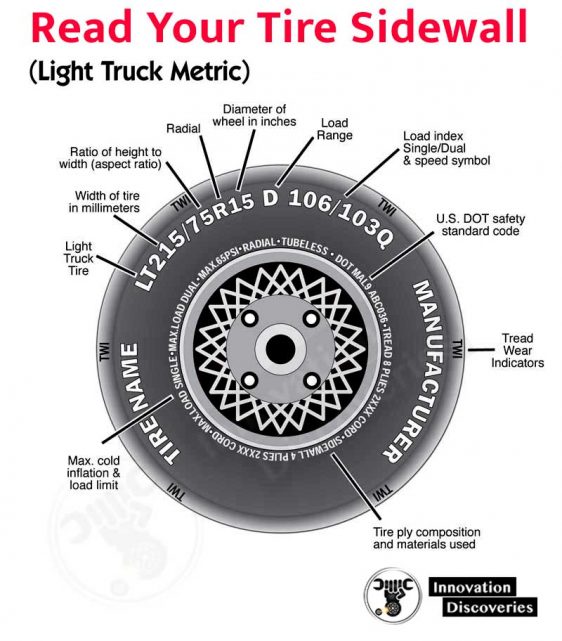
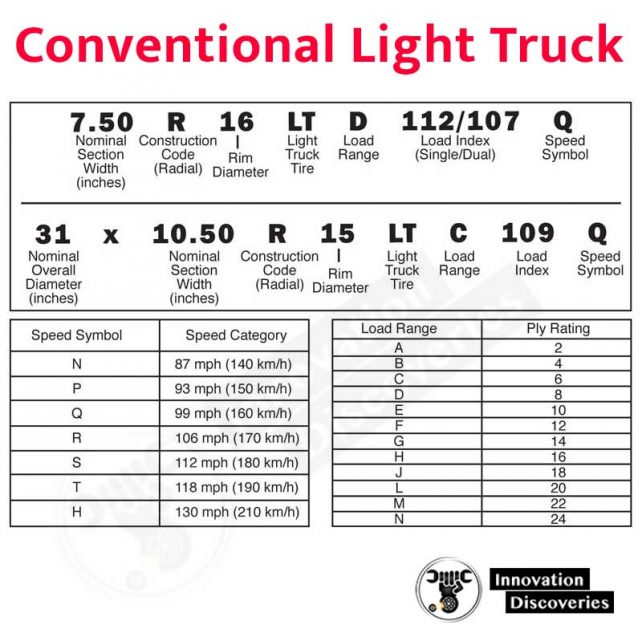
Several markings do not appear on this image, including:
M+S
That indicates that the tire tread does optimize for both mud and snow.
Severe Service Emblem
Also known as the ‘Mountain Snowflake Symbol’ because, well, it’s a picture of a snowflake superimposed on a mountain.
This emblem indicates that the tire meets US and Canadian winter traction standards.
Knowing how to read the coded information on tire sidewalls can give you a significant advantage when it comes time to compare tires to see which ones are right for you!
Visit Forum
Visit Our Friendly Website


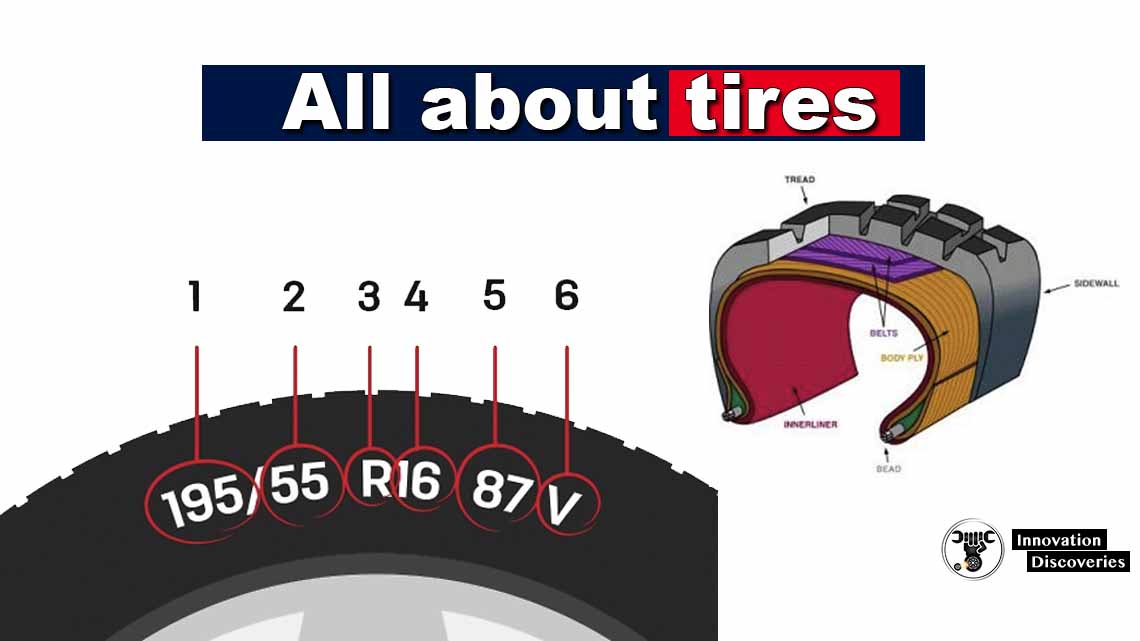

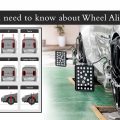
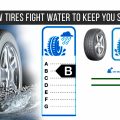
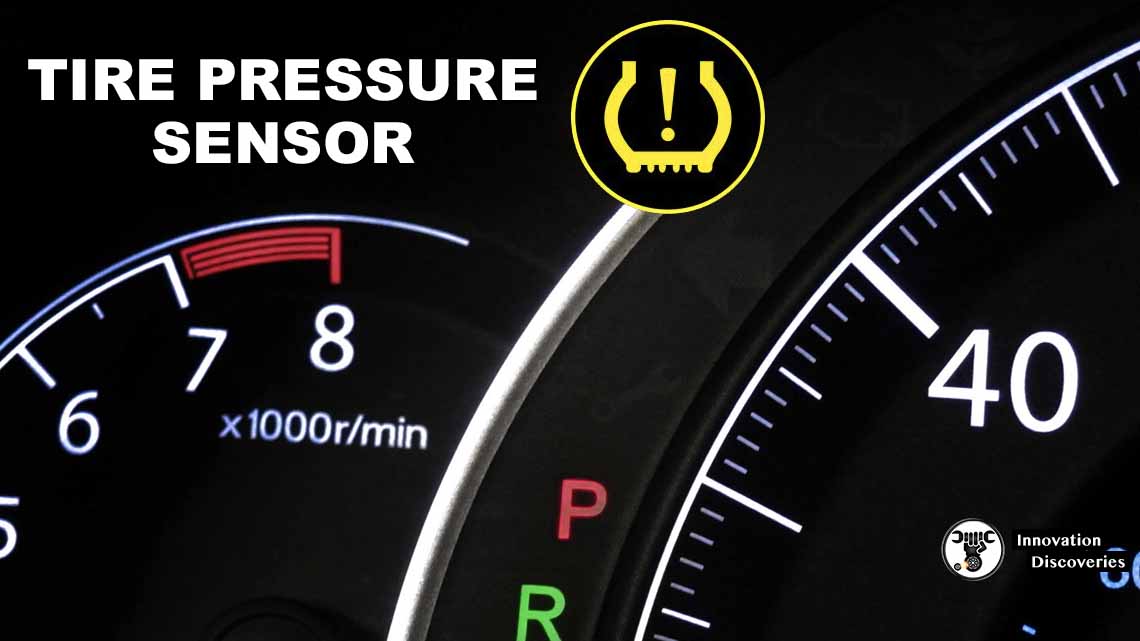

9 Comments